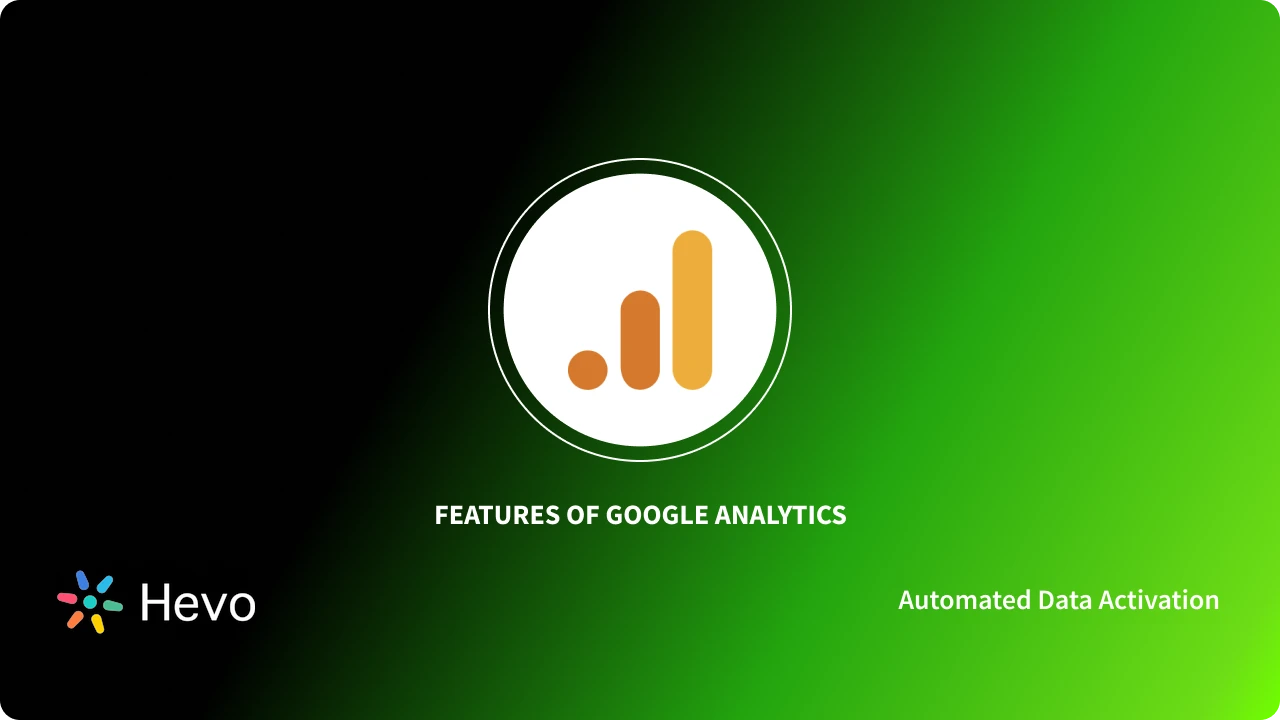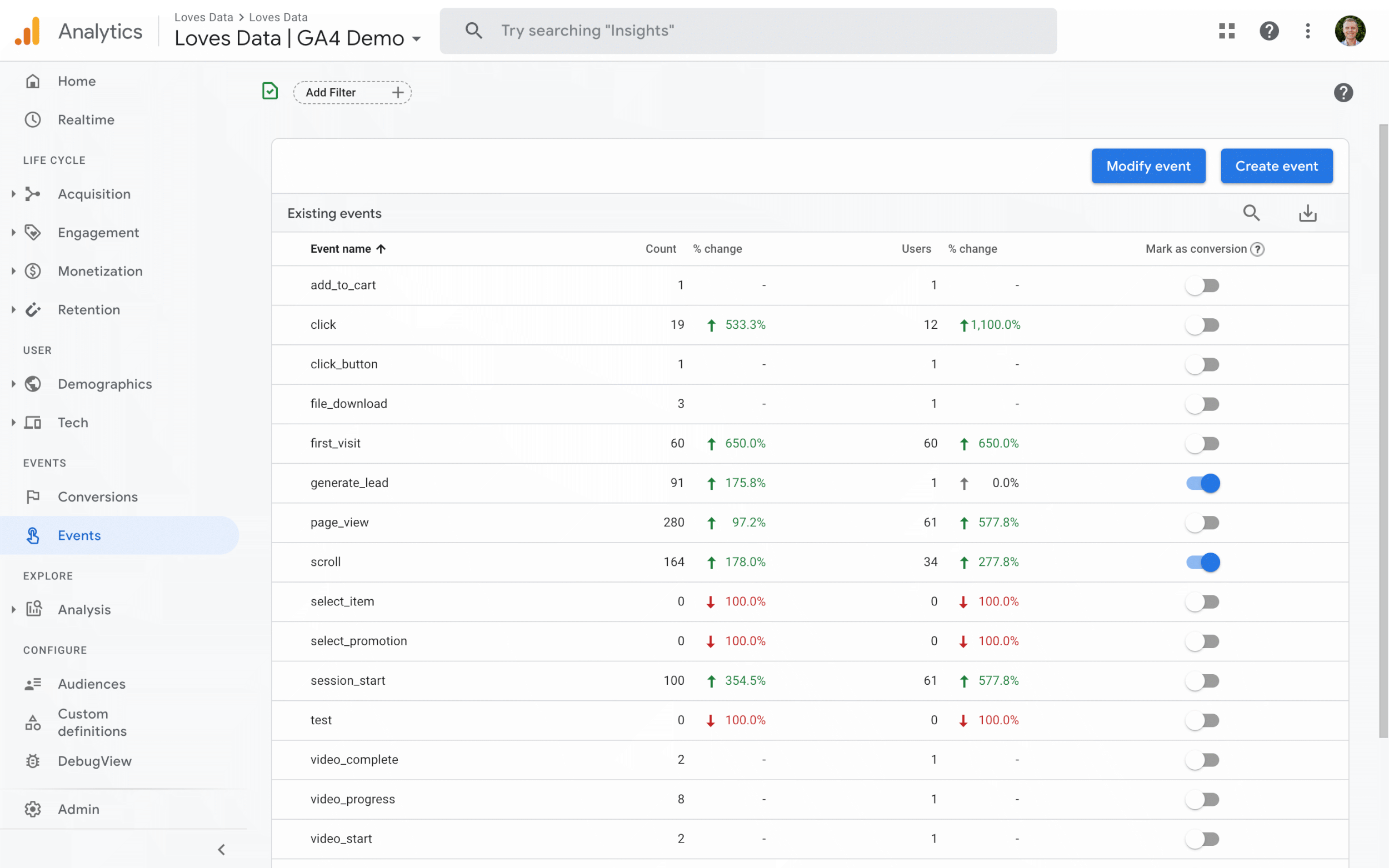When Does the Google Analytics Tracking Code Send an Event Hit to Analytics? Timing and Ideal Practices Explained
Master Website Insights With Accurate Google Analytics Tracking Code
The effective utilization of Google Analytics pivots on the exact implementation of its monitoring code, a basic action often neglected by site owners. What are the usual risks that could undermine your tracking initiatives, and exactly how can you ensure accuracy in your method?
Recognizing Google Analytics Basics
Google Analytics is a necessary device for website proprietors and online marketers, providing important understandings into customer actions and web site performance. At its core, Google Analytics collects information about site visitors to a site, permitting individuals to analyze metrics such as traffic sources, individual engagement, and conversion prices. Recognizing these basics is crucial for maximizing a site's efficiency and boosting user experience.
The platform utilizes cookies to track communications, videotaping information such as web page sights, session durations, and bounce rates. This information is accumulated and provided via customizable control panels, enabling individuals to imagine patterns in time. Trick performance signs (KPIs) can be kept track of, such as the total variety of users, brand-new versus returning visitors, and the geographical distribution of the target market.
Additionally, Google Analytics uses segmentation features, allowing individuals to isolate particular web traffic resources or customer demographics for more targeted analysis. By understanding these foundational components, website proprietors can make educated choices concerning web content approach, advertising and marketing campaigns, and overall website renovations. Inevitably, recognizing Google Analytics essentials is necessary for leveraging data to drive development and accomplish service purposes efficiently.
Setting Up Your Tracking Code

Replicate the supplied monitoring code and paste it right into the HTML of your web site. This makes certain that the tracking code lots before any type of other material, allowing it to capture data accurately.
After installation, validate that the monitoring code is functioning appropriately by making use of Google Tag Assistant or the Real-Time records in Google Analytics - when does the google analytics tracking code send an event hit to analytics?. This action is important to validate that your data collection is energetic and precise, setting the foundation for informative analysis
Common Monitoring Code Issues
Many site proprietors run into common issues with their Google Analytics tracking code that can impede information collection and analysis. One prevalent issue is inappropriate setup. This might take place when the monitoring code is placed in the incorrect section of the internet site's HTML, commonly resulting in absent or insufficient data. Furthermore, having several circumstances of the monitoring code on a solitary page can lead to inflated metrics, as customer interactions may be counted much more than as soon as.
One more concern arises from the use of ad blockers, which can stop the monitoring code from executing altogether, therefore skewing data. when does the google analytics tracking code send an event hit to analytics?. In addition, failing to set up filters correctly can result in the exclusion of necessary website traffic sources or the inclusion of undesirable referral spam, distorting the data accumulated
Site proprietors may additionally forget the importance of tracking code updates, specifically when moving to Google Analytics 4 (GA4) from Universal Analytics. Lastly, inadequate screening prior to releasing modifications can lead to unseen mistakes in the monitoring code, further making complex data integrity. Addressing these usual concerns is critical for making certain exact tracking and insightful analytics.
Studying Internet Site Information Efficiently
Accurate information collection is just the very first step in leveraging Google Analytics; the actual worth hinges on efficiently evaluating that information to drive enlightened decision-making. To accomplish this, it is necessary to determine key efficiency signs (KPIs) that line up with your service goals. Focus on metrics such as conversion prices, customer interaction, and web traffic sources, as these will give understandings into customer behavior and the total efficiency of your website.
Making Use Of Google Analytics' segmentation features enables a deeper understanding of your target market. By breaking down data into certain demographics, actions, and useful content traffic channels, you can discover patterns and patterns that inform targeted methods. Executing customized records and control panels can streamline this process, allowing fast access to pertinent information.
Additionally, routinely assessing data patterns with time assists to recognize anomalies and chances for renovation. Make use of visualization tools to present information in a conveniently digestible style, promoting much more efficient interaction with stakeholders. Ultimately, the capability to examine website data successfully empowers companies to make calculated choices that enhance individual experience, maximize marketing efforts, and drive growth.

Best Practices for Accurate Tracking
Executing efficient monitoring methods is crucial for acquiring reputable information in Google Analytics. To make sure accurate tracking, begin by appropriately setting up the Google Analytics tracking code on every web page of your web site. This can be accomplished with a tag manager or by straight embedding the code into the HTML.
Next, configure your Google Analytics account to leave out internal web traffic. This can be done by establishing filters that determine and eliminate brows through from your organization's IP address, consequently avoiding manipulated data. In addition, use occasion tracking to keep an eye on particular customer interactions, such as downloads or video plays, which standard web page sights may overlook.
Frequently investigate your tracking configuration to validate that all attributes, such as objectives and ecommerce monitoring, are working appropriately. Establish a constant identifying convention for your campaigns and events to help with less complicated reporting and analysis.
Finally, take into consideration leveraging UTM parameters for projects to get understandings right into the efficiency of different advertising and marketing initiatives. By complying with these ideal practices, you can improve the accuracy of your information collection and analysis, inevitably bring about even more educated decision-making for your web site.
Final Thought
By making sure the monitoring code is properly positioned and consistently investigated, internet site owners can capture crucial customer communication information, hence assisting in the recognition of vital performance signs. Ultimately, a robust tracking structure boosts the go capacity to drive involvement and enhance total internet site performance.

Insufficient screening before introducing modifications can result in unnoticed mistakes in the monitoring code, additionally making complex data dependability.Carrying out reliable monitoring practices is vital for getting trusted information in Google Analytics. By making certain the monitoring code is appropriately placed and consistently examined, internet site proprietors can capture important customer communication data, therefore promoting the recognition of vital efficiency signs.